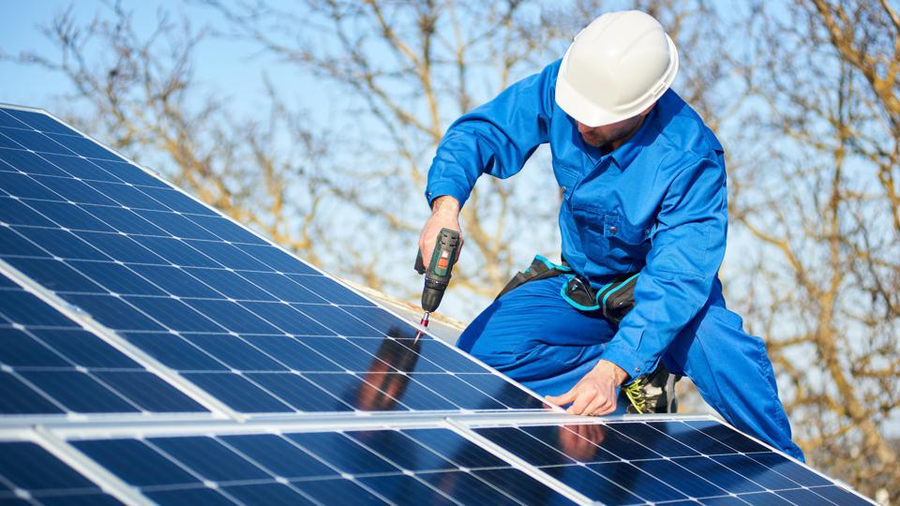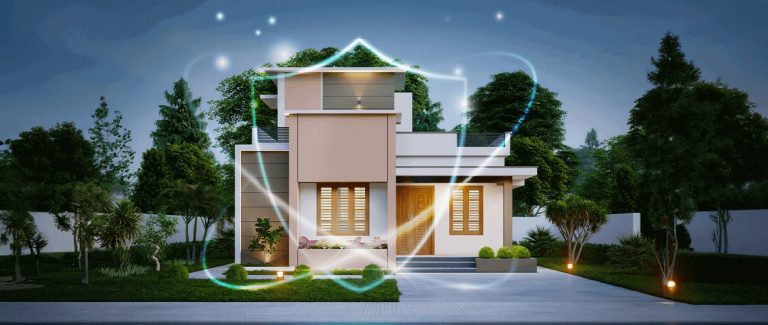
Adopting solar energy in Thailand is becoming an increasingly popular choice for homeowners and businesses. With abundant sunshine throughout the year, the country provides an ideal setting for generating clean, renewable power. Making the switch to solar can lead to significant savings on electricity bills and a smaller carbon footprint. The process of installing a solar power system involves careful planning and consideration of several factors.
Understanding the specific requirements for your property is the first step. This includes evaluating your roof’s condition, orientation, and available space. A south-facing roof with minimal shading is optimal for capturing the most sunlight. It is also important to assess your average energy consumption to determine the right system size. Reputable installers like those found at https://kunini.com/ can provide detailed site assessments to help you make an informed decision.
The Thai government offers support for renewable energy, which can make solar installations more affordable. These initiatives sometimes include feed-in tariffs or net metering programmes, allowing you to sell excess electricity back to the grid. Staying informed about current local and national policies can help you maximise the financial benefits of your investment. Proper installation and high-quality components are vital for the system’s longevity and performance.
Choosing the Right Components
A solar power system is composed of several main parts: solar panels, an inverter, mounting equipment, and sometimes a battery storage system. The quality of these components directly impacts the efficiency and reliability of your entire setup.
Solar panels come in various types, with monocrystalline and polycrystalline being the most common. Monocrystalline panels are generally more efficient and perform better in low-light conditions, but they come at a higher price. The inverter is another essential piece of equipment. It converts the direct current (DC) electricity generated by the panels into alternating current (AC) that your home appliances can use.
The Installation Process
Once you have selected your components, the installation can begin. This process should always be handled by certified professionals to ensure safety and compliance with local regulations. The first stage involves securely fitting the mounting racks to your roof. The solar panels are then attached to these racks.
Following the panel installation, the electrical wiring is completed. This connects the panels to the inverter and then links the inverter to your home’s main electrical panel. If you opt for a battery storage system, it will also be integrated at this stage. A final inspection is usually required to ensure everything is installed correctly and safely before the system is switched on. A well-installed system will provide clean energy for many years.





